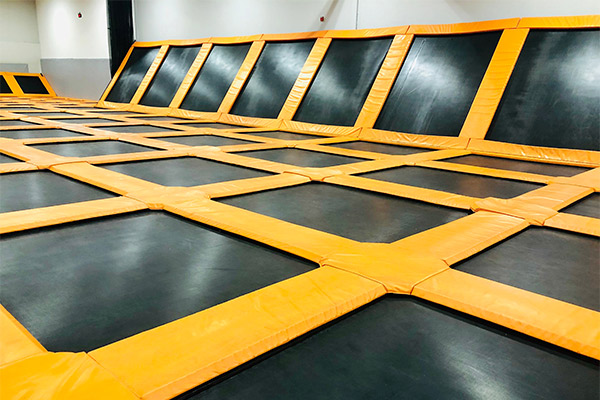Trampoline Park Injury
Don't pay unless you win. Contact us 24/7

Trampoline Park Injuries
Trampolines parks have become increasingly popular over the last ten years in Utah, as they are a great
source of entertainment for families. Unfortunately, injuries are all too common as parks have
introduced new attractions that are not for the faint of heart. For instance, some parks have 15-20 foot
high jumps that have been known to cause patrons to break their ankles. Most parks also feature
professional-grade trampolines that can cause jumpers to soar 10-15 feet—a lot higher than your typical
backyard trampoline.
Rules and Regulations
Trampoline parks are classified as amusement parks. As an amusement park, it should follow the
standards set forth by the ASTM (American Standard for Testing and Materials). According to ASTM F-
2970-17, section 6, the designer/engineer/manufacturer shall do a device analysis or risk assessment to
determine the suitability of the device (i.e. trampoline or other feature), identify the most significant
factors that may affect patron safety and how to mitigate these factors. Because owners of trampoline
parks do not consider themselves as amusement parks, they often fail to conduct any safety analysis of
their equipment. This would be the equivalent of Disneyland not completing their research and
development of a new rollercoaster.
New legislation in Utah, H.B. 150, passed in 2019, attempts to address safety standards for trampoline
parks. Many of the provisions are ambiguous, and it ultimately fails to make trampoline parks safer.
Waivers
Most trampoline parks attempt to limit their liability by having patrons sign a preinjury waiver. These
waivers contain language that indemnifies or eliminates the park’s responsibility to compensate patrons
for injuries. Many patrons who have been injured at trampoline parks are discouraged from filing a claim
because they believe the waiver precludes taking any action. However, waivers can often be invalidated
for various reasons, including the signer being a minor or the waiver’s language being overbroad. Even
with a valid waiver, a park may still be held liable for gross negligence, i.e. the park’s actions were
particularly egregious.
If you have been injured at a trampoline park, it’s important to have an attorney properly evaluate the
park’s liability. The claim must be brought within a certain amount of time after the accident, so please
call as soon as possible. 801-709-6309.